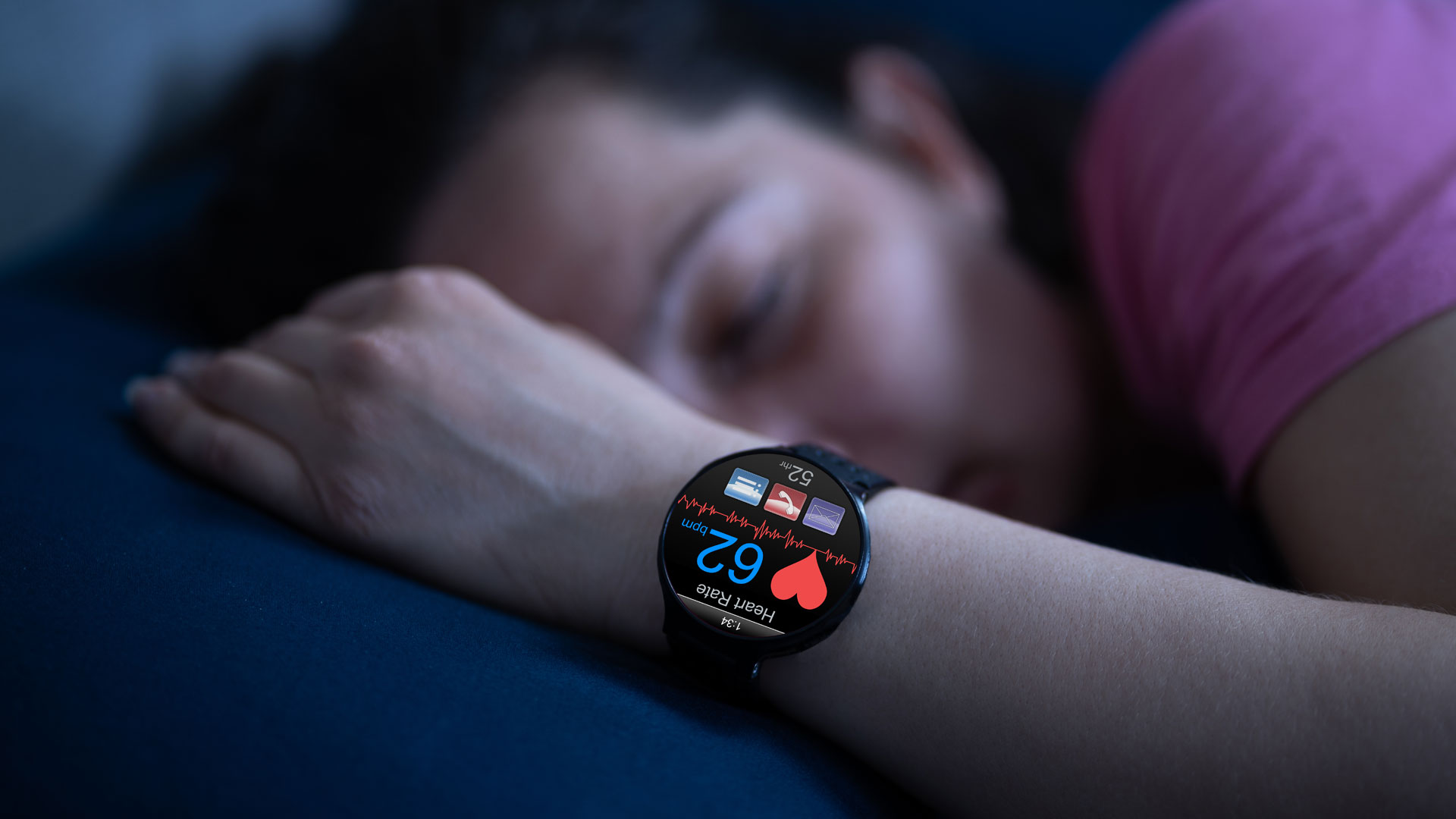Can Your Smartwatch Detect Sleep Apnea?
Posted On 1/12/2024 12:00:00 AM by Bruce Kanehl

Sleep apnea affects millions of people in the US alone, yet many may not even know they have it. This sleep disorder can contribute to serious health complications if left untreated, causing irregular heartbeat, heart disease, stroke, and even death. Thankfully, advancements in technology have led to the development of smartwatches that can potentially detect sleep apnea.
What Do Smartwatches Track?
Smartwatches are designed to track various bodily metrics such as heart rate, oxygen levels, and sleep quality. Most smartwatches come equipped with an accelerometer that detects body movements, which allows it to track whether a person is sleeping or awake. That’s not to say smartwatches should be used to officially diagnose any condition, as they can only show data related to health metrics that are affected by sleep apnea.
Oxygen Levels in Your Blood
Users who have sleep apnea frequently stop breathing for short periods of time while sleeping, leading to a drop in oxygen levels. With built-in sensors that measure the wearer's oxygen saturation, smartwatches can detect sudden drops in oxygen levels and alert users to potential sleep apnea episodes.
Heart Rhythms
Moreover, smartwatches are becoming more sophisticated, with some incorporating electrocardiograms (ECGs) that can detect abnormal heart rhythms, such as arrhythmia. Cardiovascular dysfunction is often linked to sleep apnea and can lead to other serious health conditions.
Quality of Sleep
Sleep tracking is a common feature in smartwatches on the market, and there are two ways this can be achieved. The first method is using an accelerometer, which is already found in most smartwatches. The accelerometer tracks body movement to determine whether the user is asleep or awake. This method assumes that when there is movement, the user is not asleep, and when there is no movement, the user is sleeping. Although this method is relatively simple, it can be inaccurate as it cannot differentiate between deep and light sleep or even when you are awake and still.
Snoring
Because sleep apnea causes snoring by relaxing the throat muscles, some smartwatches can detect snoring. The Apple Watch Series 10 claims to be able to detect snoring, which can be combined with other metrics to help recognize sleep apnea.
WatchPAT
One technology that has been making waves in detecting sleep apnea is the WatchPAT, a smartwatch-like device, which has been approved by the FDA for use in sleep apnea diagnosis. The WatchPAT consists of sensors that are worn around the wrist, finger, and chest, which record the wearer's sleep patterns, breathing, and oxygen levels. The device then sends this information to a prescribing physician for analysis, allowing for a diagnosis of sleep apnea.
Diagnosing Sleep Apnea
Nevertheless, as promising as smartwatch sleep apnea detection may be, it is crucial to note that smartwatches cannot provide a diagnosis for sleep apnea alone. Although these devices can detect potential sleep apnea episodes, an official medical diagnosis from a medical professional is necessary. It's essential to remember that smartwatches are not medical devices and should not be substituted for licensed medical advice.
Related Articles
Why Do Young People Get Sleep Apnea?
Published on: 11/27/2023 12:00:00 AM
Depending on diet and exercise habits, a young person could experience symptoms of sleep apnea. It’s important to understand the causes and potential remedies to sleep apnea to avoid serious health complications.
Can You Test Yourself for Sleep Apnea?
Published on: 5/9/2023 12:00:00 AM
Do you find yourself chronically feeling sleepy throughout the day? Sleep apnea could be to blame, but the only way to know for sure if you suffer from this condition is to get tested. Fortunately, you may be able to skip the overnight stay at the sleep lab and get results right from the comfort of your own home.
Bruce A. Kanehl, D.D.S.
7933 Baymeadows Way #5
Jacksonville, FL 32256
(904) 731-2162
To learn more about how we can make you smile, request a consultation today.
Dr. Kanehl is one of a select few in the Jacksonville area to be a member of the American Academy of Dental Sleep Medicine and to treat sleep apnea with oral appliance therapy.




